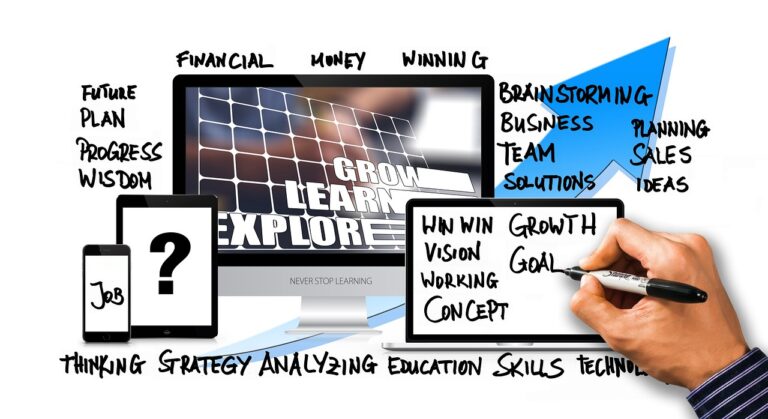The Future of Medical and Health Broadcasting: 11xplay sign up login password, Laser247 com, Tiger exchange login
11xplay sign up login password, laser247 com, tiger exchange login: The Future of Medical and Health Broadcasting
In today’s digital age, the way we consume information and entertainment is rapidly evolving. With the rise of streaming services, podcasts, and social media, traditional broadcasting platforms are facing increasing competition. This shift has not excluded the medical and health industry, as more and more people are turning to online sources for information on their well-being. So, what does the future hold for medical and health broadcasting?
1. Increasing Accessibility
One of the most significant advantages of online broadcasting is its accessibility. With just a few clicks, viewers can access a wealth of information on various health topics at any time. This convenience is particularly beneficial for those with busy schedules or limited mobility. As technology continues to advance, we can expect even more ways for people to access medical and health content on-the-go.
2. Personalized Content
One of the key benefits of online broadcasting is the ability to provide personalized content to viewers. Through data analytics and user preferences, content creators can tailor their broadcasts to meet the specific needs and interests of their audience. This personalized approach can help viewers engage more with the content and make it more relevant to their health concerns.
3. Live Streaming and Interactive Features
Live streaming has become increasingly popular in recent years, and the medical and health industry is no exception. Live broadcasts allow for real-time interaction between viewers and hosts, creating a more engaging experience. Additionally, interactive features such as Q&A sessions and polls can help viewers feel more connected to the content and make it more educational and entertaining.
4. Collaborations and Partnerships
As the digital landscape continues to grow, we can expect more collaborations and partnerships in the medical and health broadcasting industry. By teaming up with experts, influencers, and other organizations, broadcasters can reach a wider audience and provide more comprehensive and diverse content. These partnerships can also help build credibility and trust with viewers.
5. Virtual Reality and Augmented Reality
Virtual reality (VR) and augmented reality (AR) are no longer just science fiction. These immersive technologies are becoming increasingly popular in the medical and health industry, allowing viewers to experience medical procedures and simulations in a more interactive and realistic way. As these technologies continue to evolve, we can expect more innovative uses for VR and AR in health broadcasting.
6. The Rise of Podcasts and Audio Content
While video content is still dominant, podcasts and audio content are gaining popularity in the medical and health industry. With busy lifestyles and a growing interest in multitasking, many people are turning to podcasts for health information and advice. This trend is likely to continue as more creators explore the potential of audio content in health broadcasting.
FAQs
What are some common topics covered in medical and health broadcasting?
Medical and health broadcasting covers a wide range of topics, including general health tips, wellness advice, disease prevention, mental health, fitness routines, diet plans, medical breakthroughs, and interviews with healthcare professionals.
How can I ensure the information I receive from medical and health broadcasts is reliable?
To ensure the information you receive from medical and health broadcasts is reliable, it’s essential to check the credentials of the content creators and verify the sources they use. Look for broadcasts from reputable organizations, health professionals, and experts in the field.
Is it safe to rely solely on online medical and health broadcasts for medical advice?
While online medical and health broadcasts can provide valuable information, it’s essential to consult with a healthcare professional for personalized medical advice. Online content should be used for educational purposes and as a supplement to professional medical guidance.
In conclusion, the future of medical and health broadcasting is bright, with increasing accessibility, personalized content, interactive features, collaborations, immersive technologies, and the rise of podcasts and audio content. As technology continues to advance, we can expect even more innovative and engaging ways to consume medical and health information online. So, stay tuned for exciting developments in the world of medical and health broadcasting!







